Editor’s Note: This post is written by a member of LTV’s sponsored content team, The Leisure Explorers. Do you own a Leisure Travel Van and enjoy writing? Learn more about joining the team.
In this segment of the four-part series on our National Parks Tour 2024, we will explore the northern end of Glenn Canyon National Recreation Area, Grand Staircase-Escalante National Monument, Canyonlands National Park, and Arches National Park.
National Park Number Ten: Lake Powell, Glenn Canyon National Recreation Area North (Utah Side)

Our next stop on our tour of national parks in Utah will be the northern end of Lake Powell in the Glenn Canyon National Recreation Area. See part one of this story to get some of the details of Lake Powell and the Glenn Canyon National Recreation Area. I should note that these parks are not necessarily listed in the order in which we visited them. Some of these parks are situated in a way that requires some backtracking and driving on the same roads to get from one to another.
In part one of this tour, we explored the south end of Lake Powell on the Arizona side of the Glenn Canyon Recreation Area. Now, in part three, we will visit the north end of Lake Powell on the Utah side.
In comparison, I would say the Arizona side of Lake Powell is more popular and actually better as far as facilities and amenities are concerned. There are two RV parks on the Utah side of the Glenn Canyon National Recreation Area. One is operated and maintained by a private company, and the other is operated and maintained by the National Park Service.
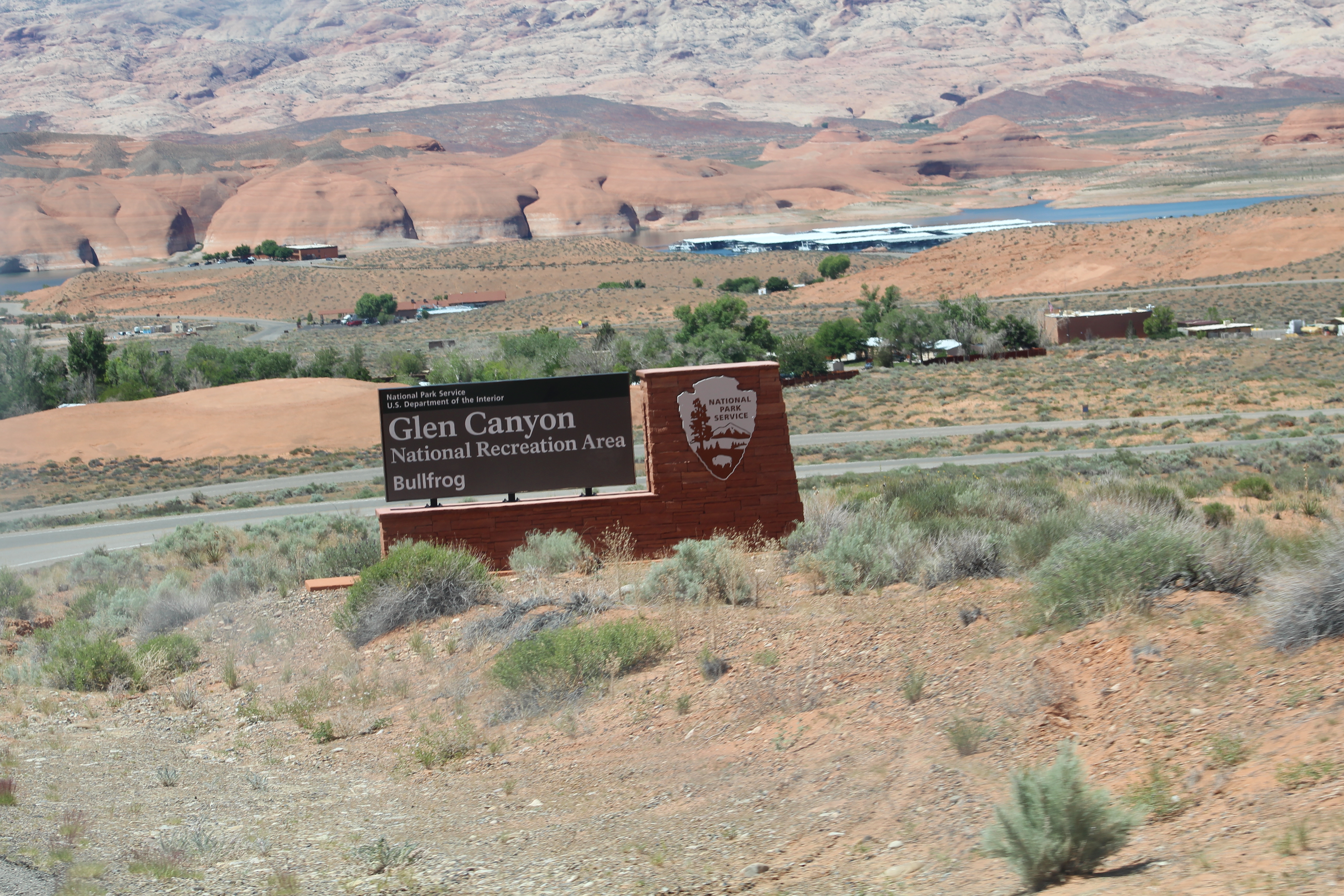
The privately operated RV park, Bullfrog Campground, gets one star out of a five-star rating, and I agree with that assessment. The park doesn’t have a single tree in it, even though it has been operating for years. Many of the campsites have broken or nonfunctioning electrical pedestals and water facets. We called the office to report problems with reverse plurality and shorted-out electrical issues, but our complaints just fell on deaf ears.

The other campground, located near the entrance and managed by the National Park Service, gets a five-star rating out of five. It is situated in a grove of large trees, providing plenty of shade, and is well maintained. The price is less than half of the cost for the other park per night. Keep in mind that, like most national parks, there isn’t water or electric at the campsites; however, there is a dump station and water nearby.
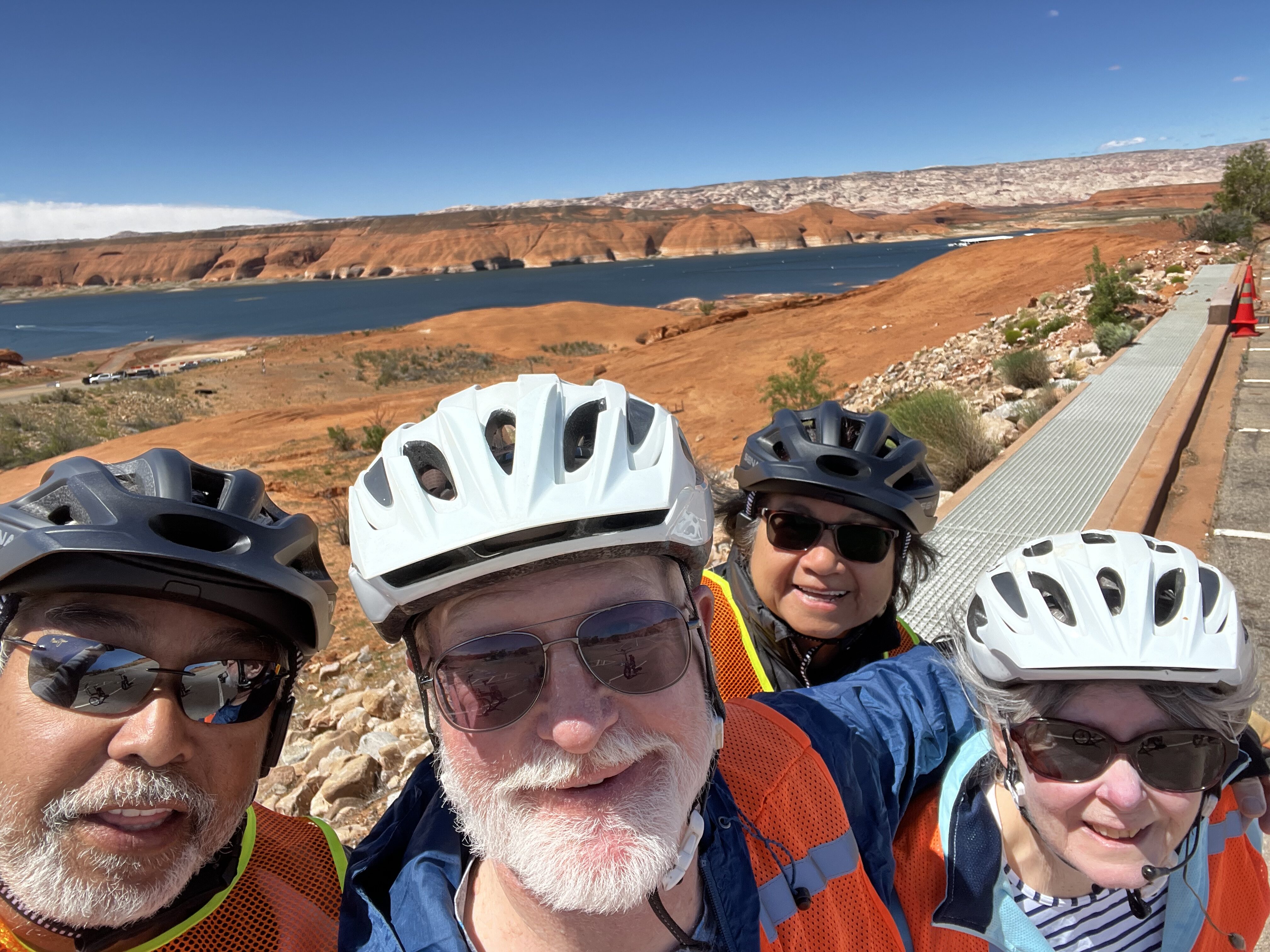
While we were at this part of Lake Powell, we unpacked our bikes and explored the area. We also enjoyed a group dinner at the hotel situated within the park.
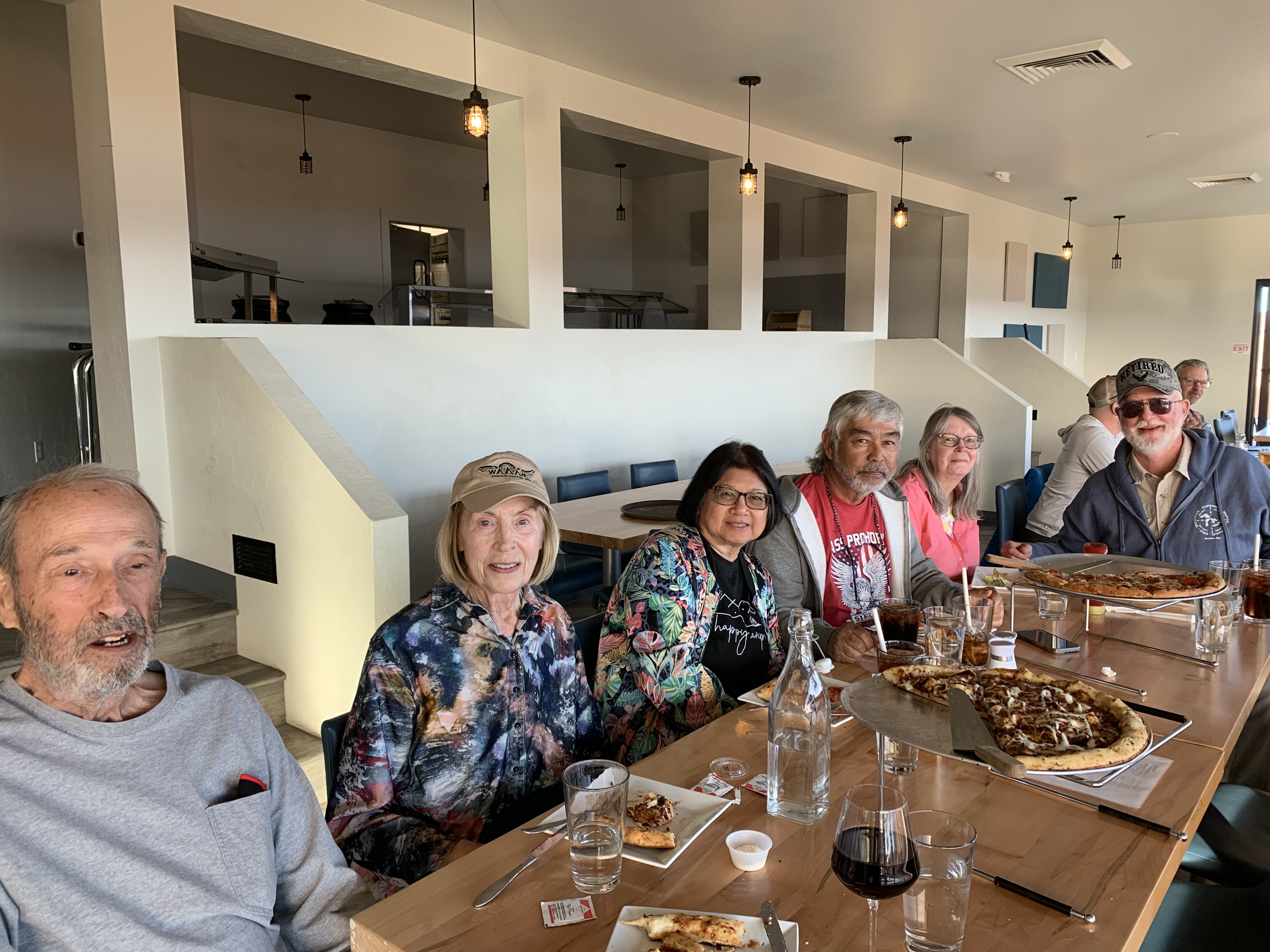
National Park Number Eleven: Grand Staircase-Escalante National Monument, Utah
Part of the Bureau of Land Management, this park is about scenic views. Although there aren’t any official or formal campgrounds, there are opportunities for boondocking on BLM land in the area. Hiking and sightseeing make this park a must-see and a place to add to your bucket list.
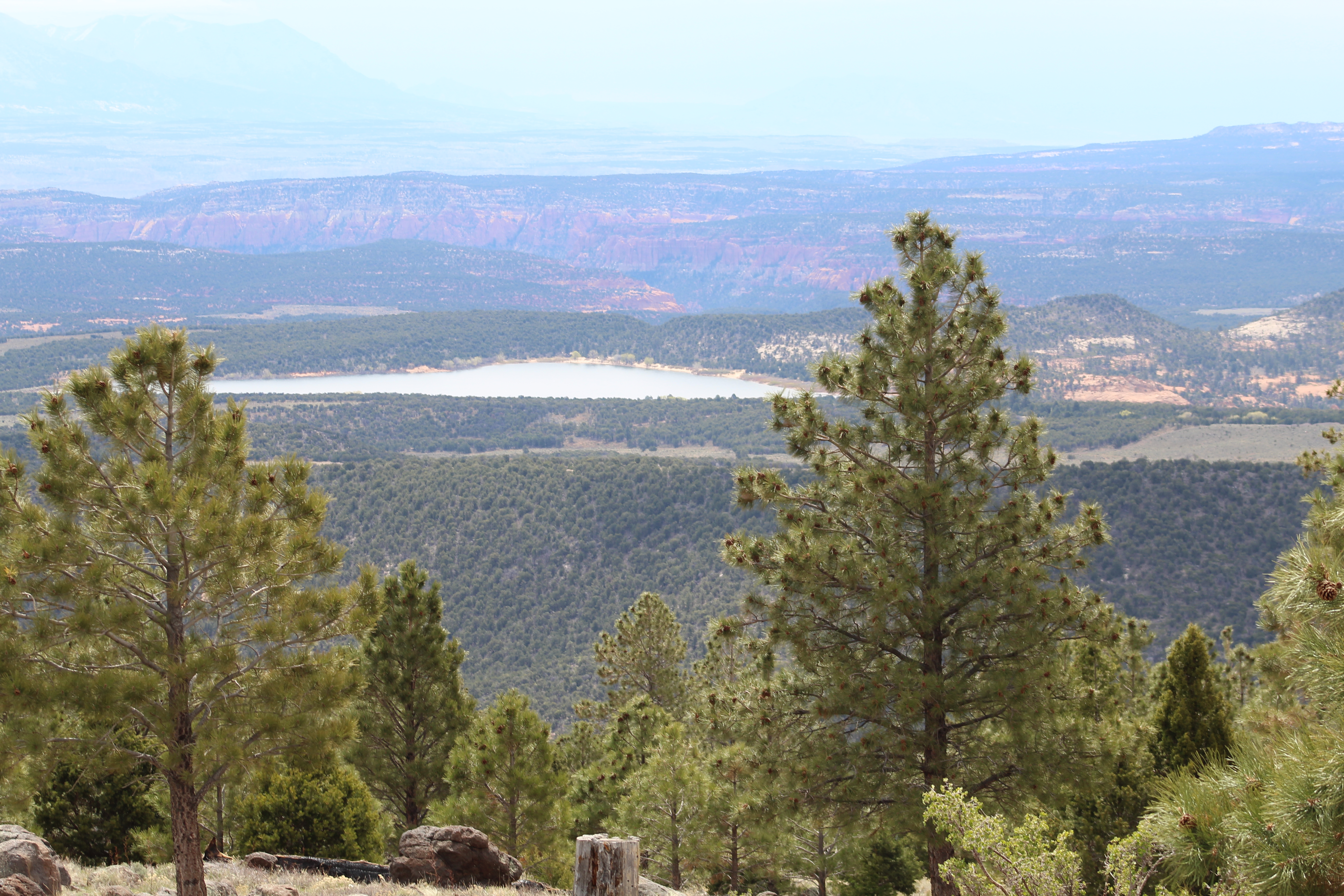
From 950 to 1100 A.D., the area of Grand Staircase-Escalante National Monument was home to the Anasazi and Fremont Indigenous nations. Rock art and campsites provide evidence of their occupation of this area.
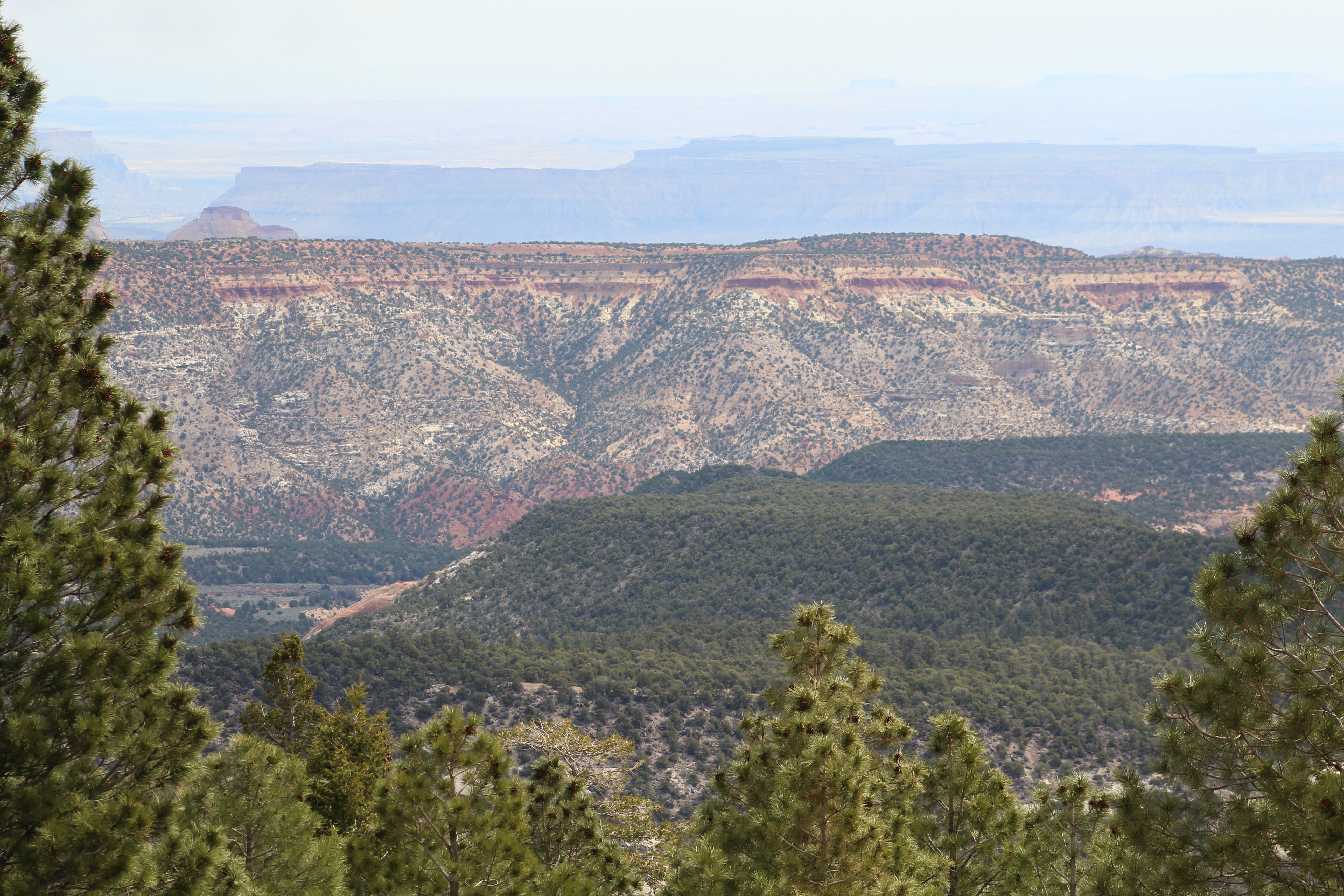
The rock formations created by erosion are breathtaking. Stop by the visitor center in Kanab, Utah is a great place to begin your exploration of this national monument. Other popular activities here in the Grand Staircase include auto touring, horseback riding, photography, hunting, and mountain biking.

On our way to Canyonlands National Park, we stopped in Fishlake National Forest for the night. The campground is situated at around 8000 feet in elevation. Even though it was the middle of May, there were still patches of snow on the ground. We were the only campers there, but we found out later the campground wasn’t open for the season yet.
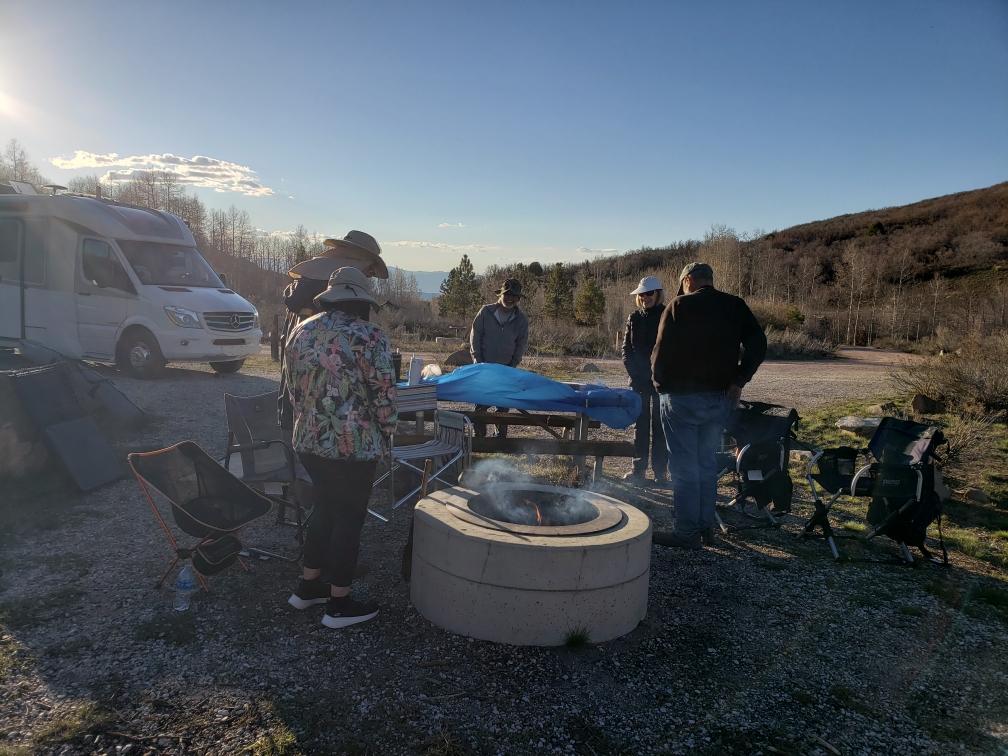
The campsites were a good distance apart and spacious. Although it was cold, we enjoyed huddling next to the campfire, eating snacks, and fellowshipping until the sun went down.
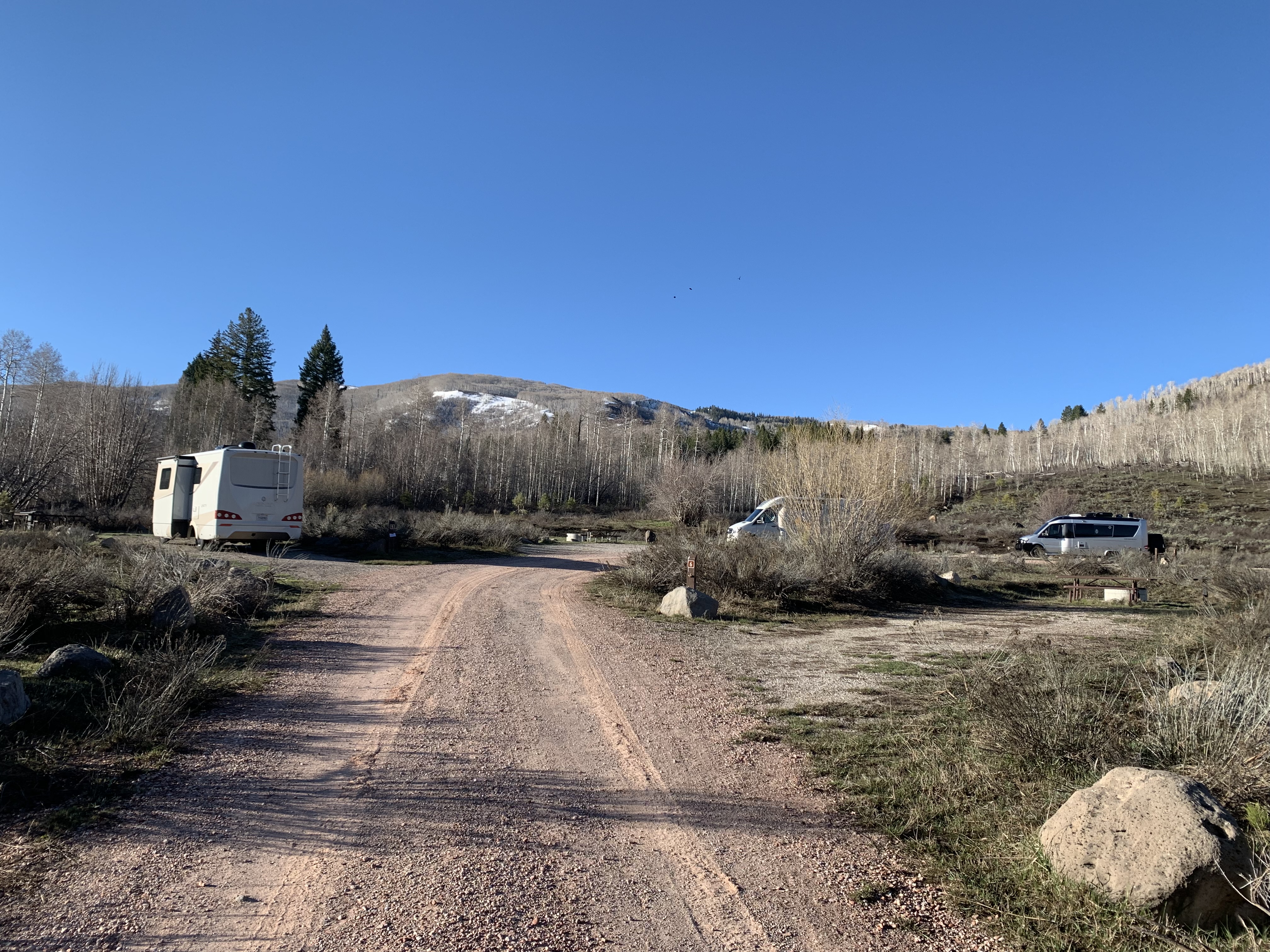
National Park Number Twelve: Canyonlands National Park, Utah
Canyonlands National Park is divided into four districts by two rivers and their tributaries: Colorado and Green. The four districts are Island in the Sky, The Needles, The Maze, and the Rivers.
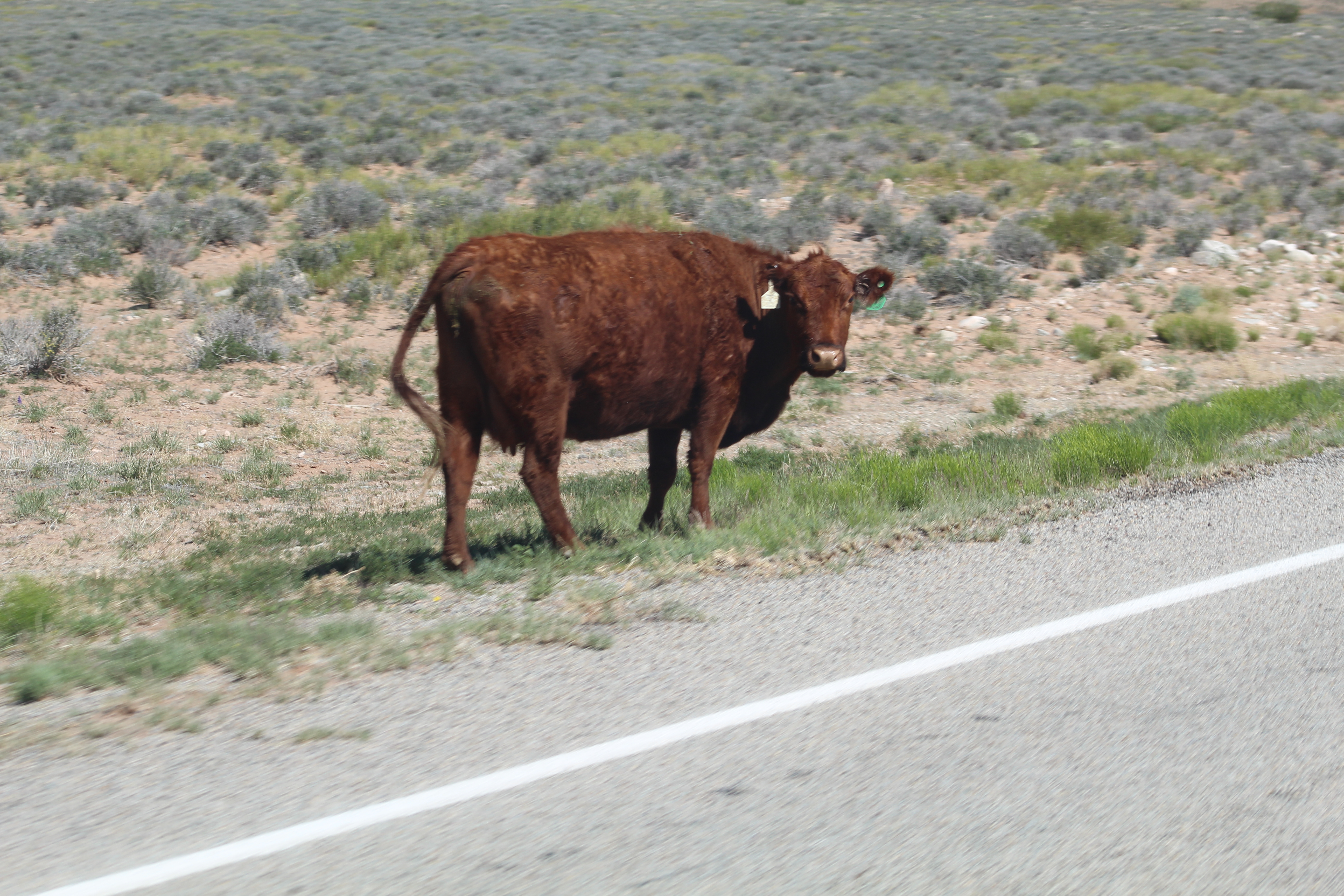
While driving down the long road to the entrance of Canyonlands, be on the lookout for hitchhikers. There are a lot of them all over the road. They won’t fit inside our LTVs anyway but don’t blow your horn at them. It may start a stampede.
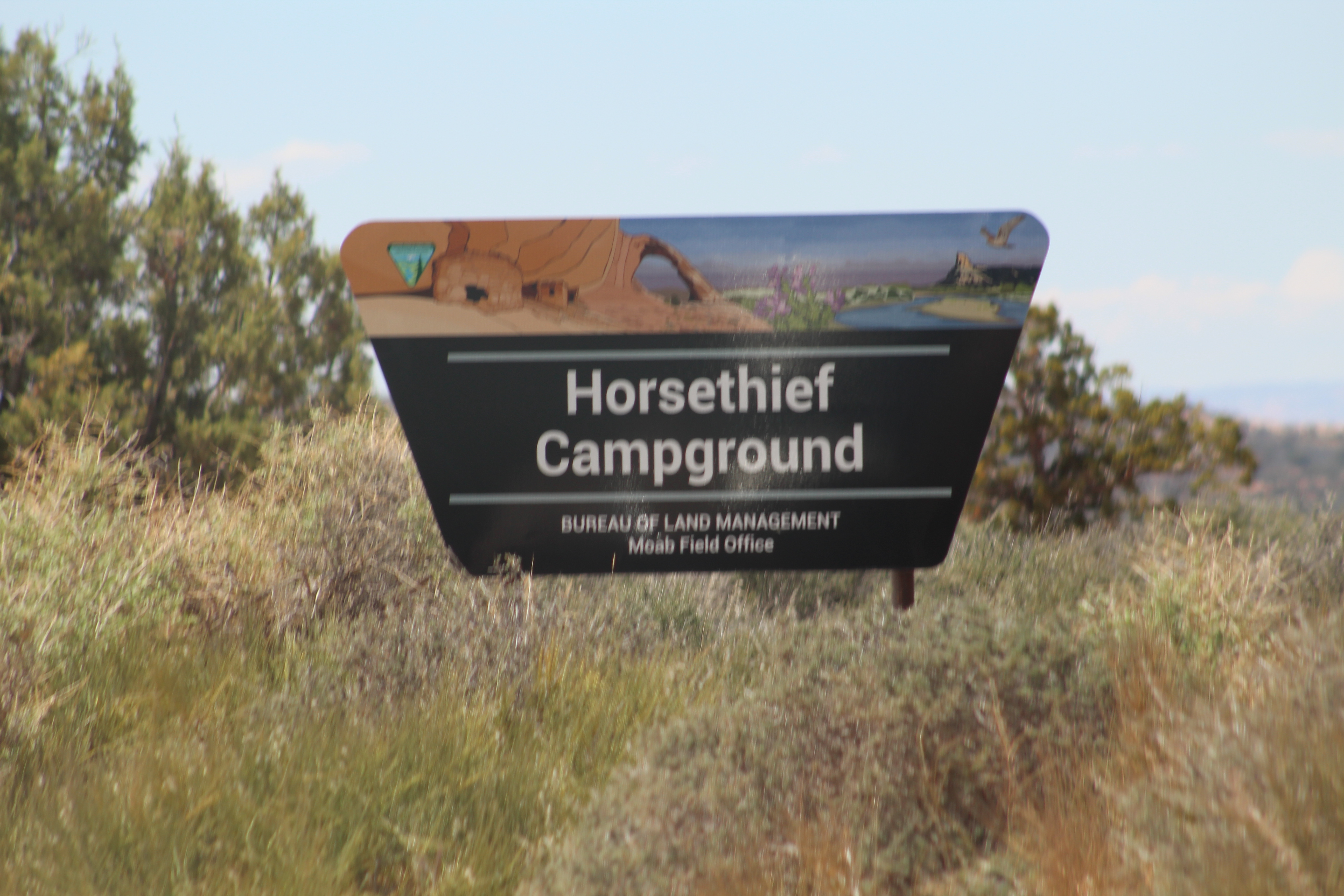
There are two campgrounds within Canyonlands, and reservations must be made six months before. But don’t be surprised if you can’t get a reservation; these campgrounds are always full.
We stayed in a BLM campground called Horsethief Campground. The campsites were large and a reasonable distance apart, dry camping for $10 a night with a senior National Parks pass.
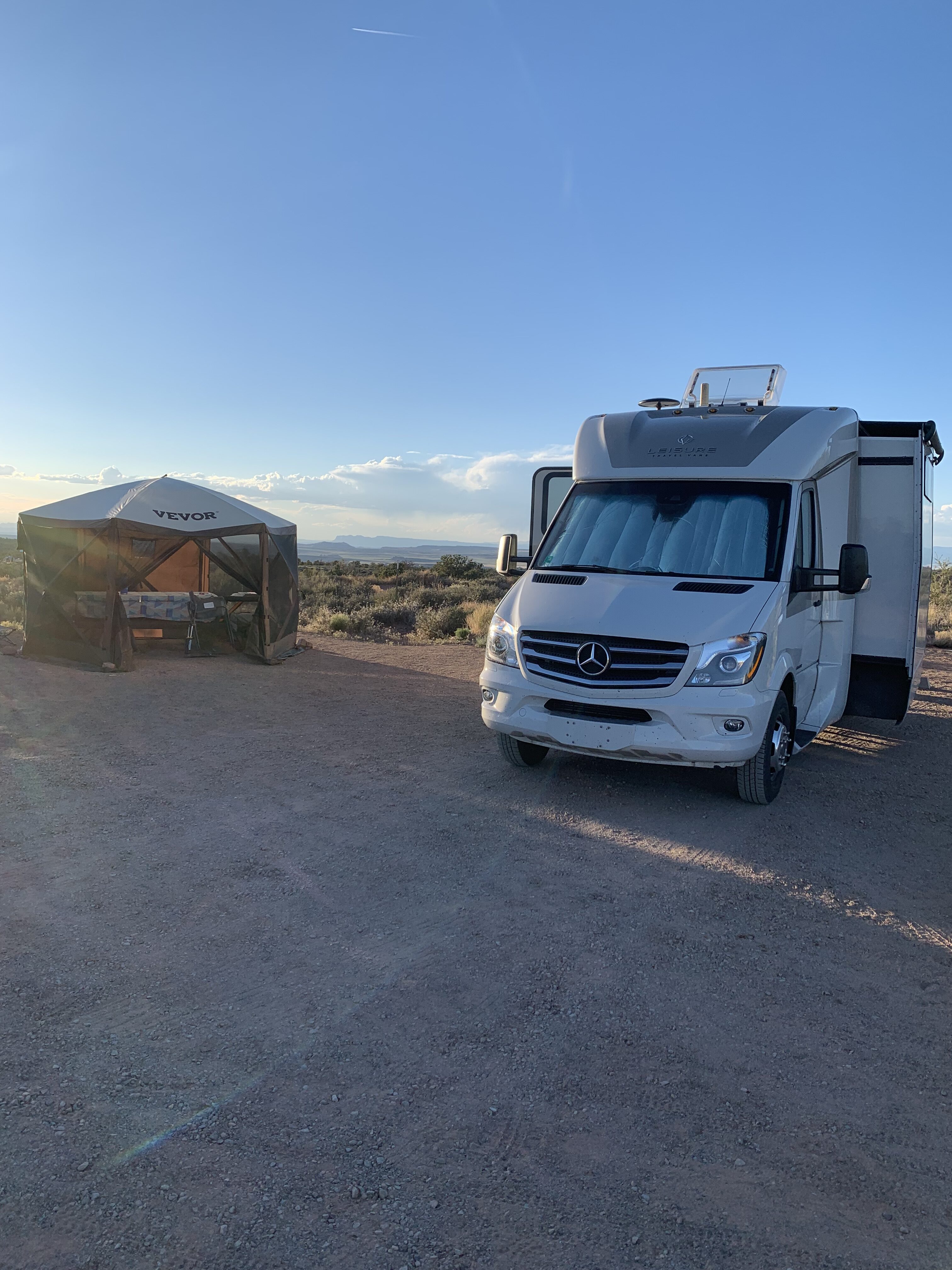
Horsethief Campground is situated just a few miles outside the entrance to Canyonlands, with easy access from the main road. It’s a popular place, with hundreds of campsites to choose from, and it is first come, first served—no reservations.
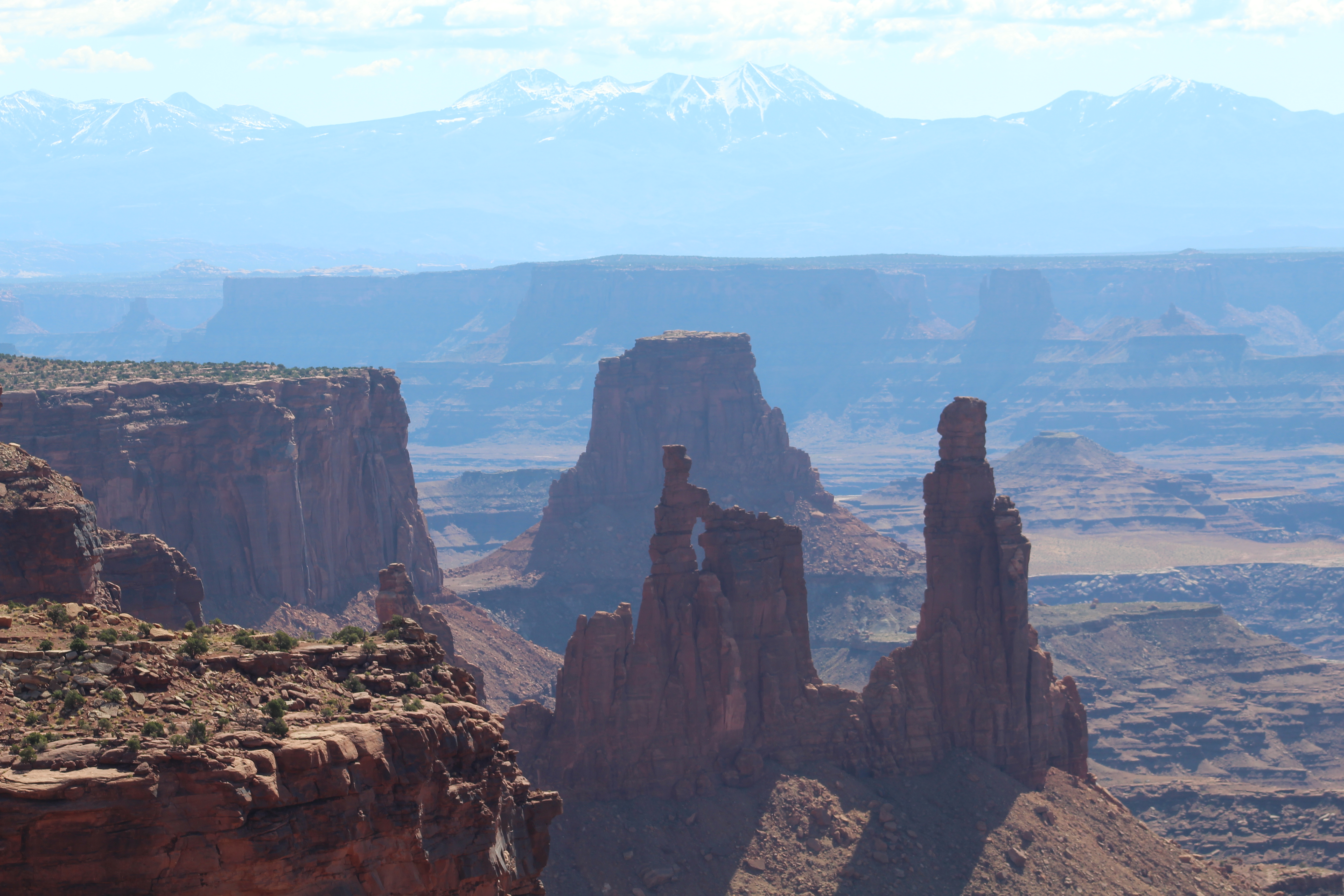
Not to worry, though. There are plenty of BLM Land campgrounds just outside the park, and they charge a nominal fee per night. Remember that these campgrounds are first come, first served, and reservations are not permitted. The campsites do not have electricity or water—they are dry camping only.

National Park Number Thirteen: Arches National Park, Utah
Arches National Park has a campground, however the campground at Arches, like Canyonlands, is difficult to get reservations due to the large demand. Although it costs more per night, your best chance of getting a campsite is in Moab at one of the many locally managed RV parks.
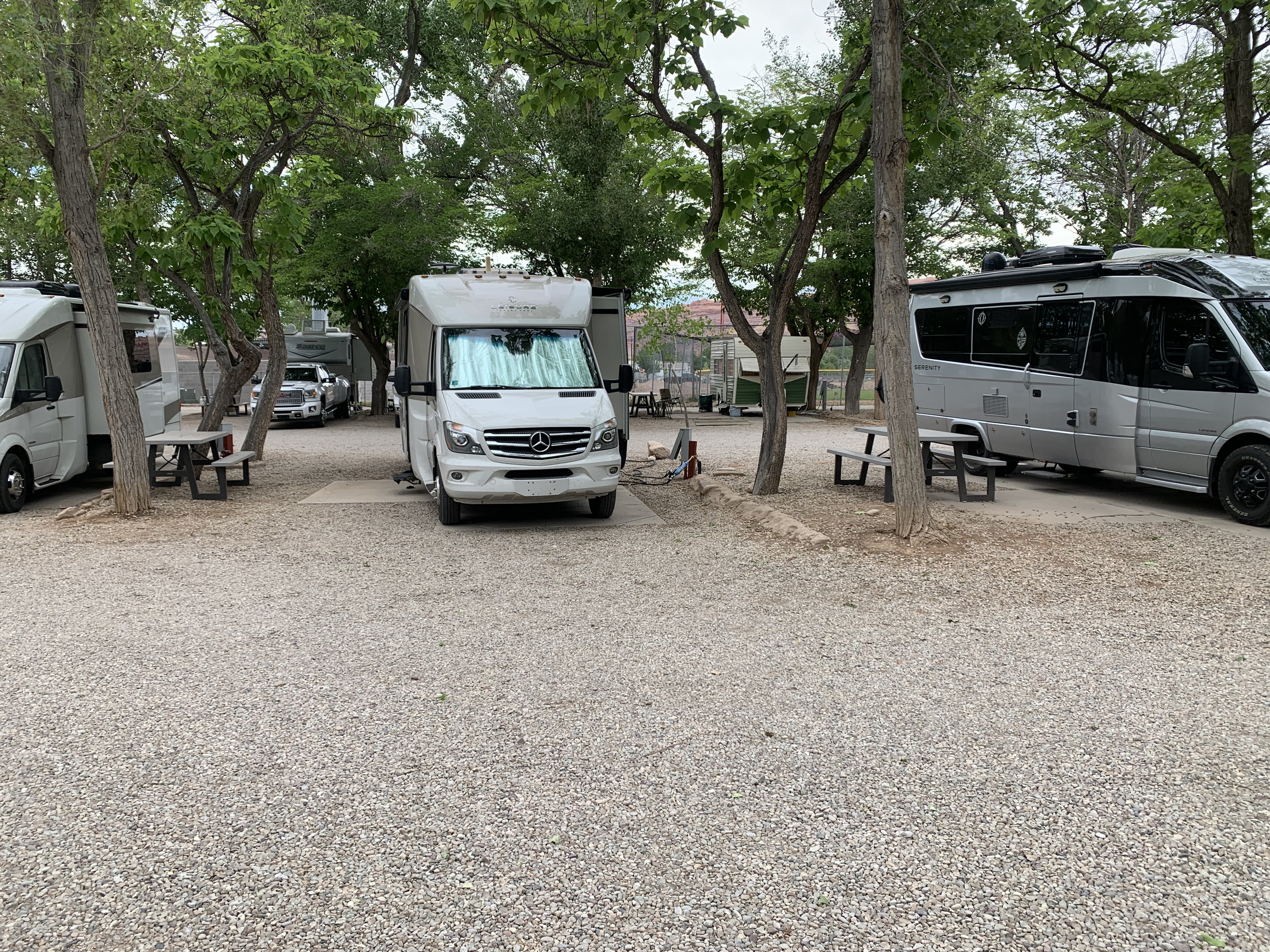
Arches is known for its fantastic rock formations, and rightly so. With more than 2,000 natural stone arches, hundreds of soaring pinnacles, massive rock fins, and giant balanced rocks, this park should be on your bucket list.

Part of Utah’s Red Rock scenic view area, Arches is one of America’s most famous National Parks. We have visited the park thrice, and it never gets old. Unfortunately, the park is so popular that a reservation is required to enter between 8:00 a.m. and 5:00 p.m., and the hours change seasonally. Check the National Parks website for current times before you go.
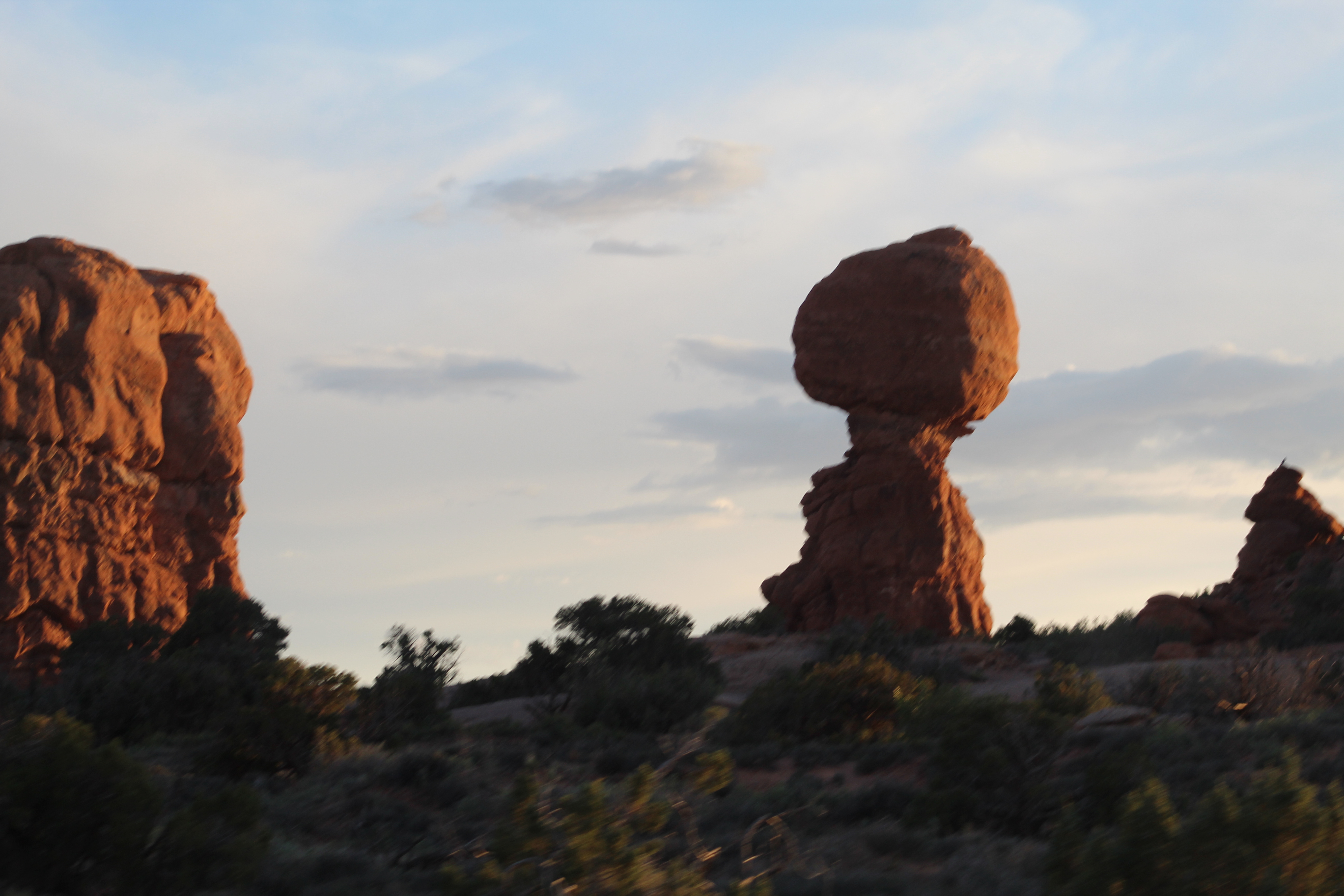
The park is open 24 hours a day, 7 days a week, and reservations are not needed before 8:00 am and after 5:00 pm. We visited the park after 5:00 pm and had no difficulty getting in. It was an excellent time to visit since sunset views are the best.
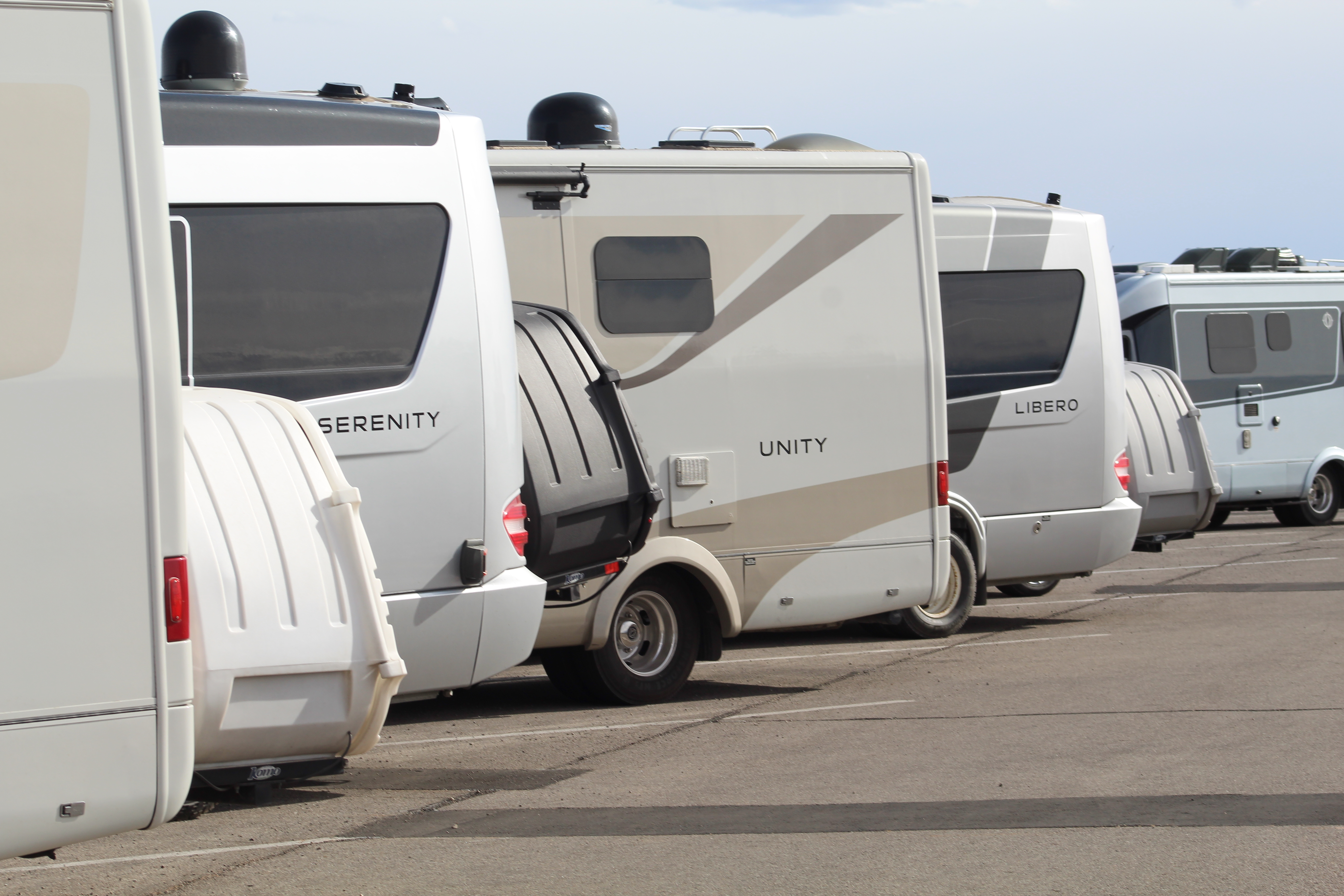
We came across a few of our Leisure Travel Van family members in Arches National Park and, as always, had to spend some time visiting. One of the great things about owning an LTV is becoming an instant family member. No matter where we are or who we meet along the way, we are always friends with our fellow LTV owners, even if we have never met before.
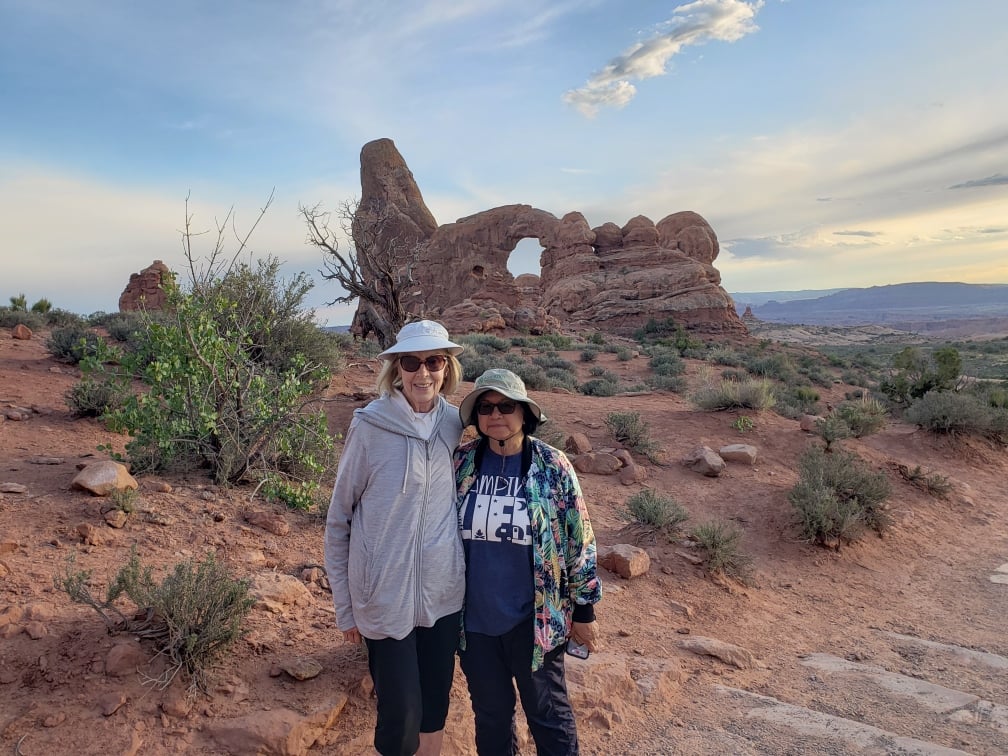
When we left Arches National Park, Mary Ann and I had to take a detour to Grand Junction, Colorado, to visit the Cummins Generator Service Center. It was about a two-hour drive from Moab, Utah.
Our generator would not shut off due to a solenoid failure. This is not very convenient, especially when parked at an RV park. A local mobile generator “expert” told us the generator was shot and needed to be replaced. Since we have a diesel generator, replacing it would be very expensive. We did learn how to shut it off manually since even the red emergency shut-off switch didn’t work.
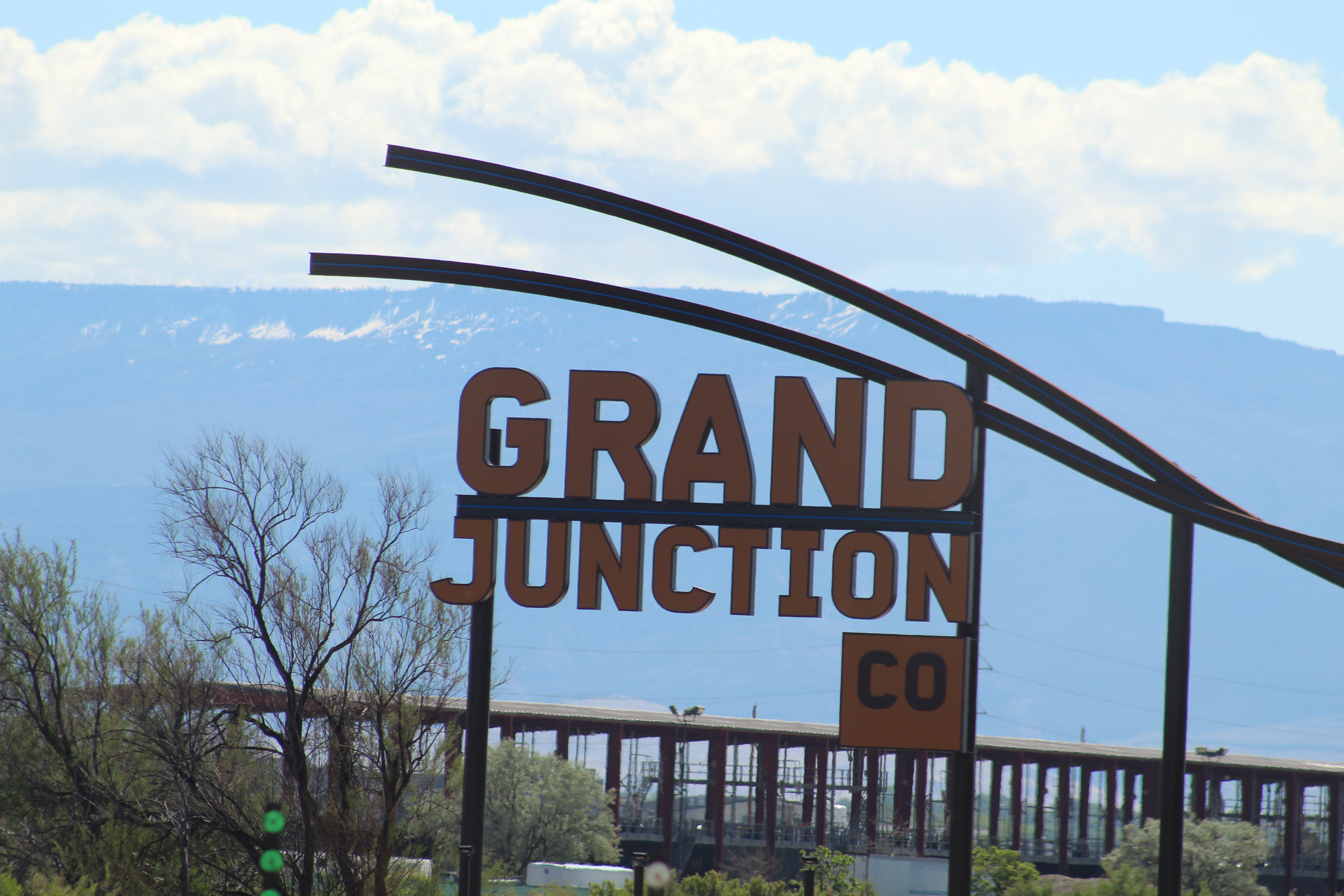
We decided to get a second opinion and made an appointment at Cummins. Then, in two days, we made arrangements to rejoin our LTV friends at Bryce Canyon National Park, Utah. The service center had RV hookups in the parking lot since they had to order the part we needed from Tennessee.
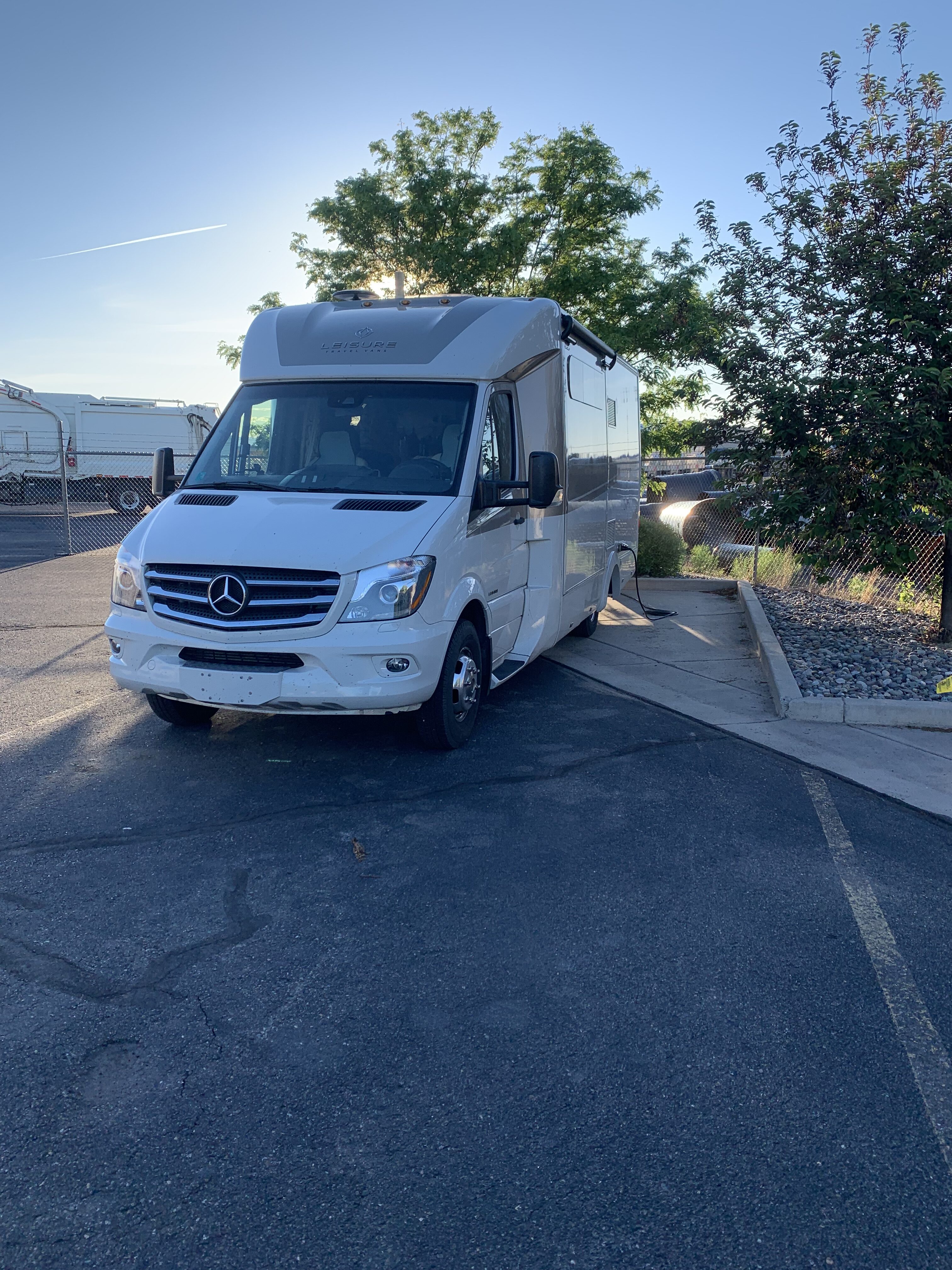
Fortunately, they had an overnight delivery system, so the part arrived the next morning. The service people were great, very friendly and helpful. Twenty-four hours and $1,000 later, we were back on the road to Bryce Canyon.

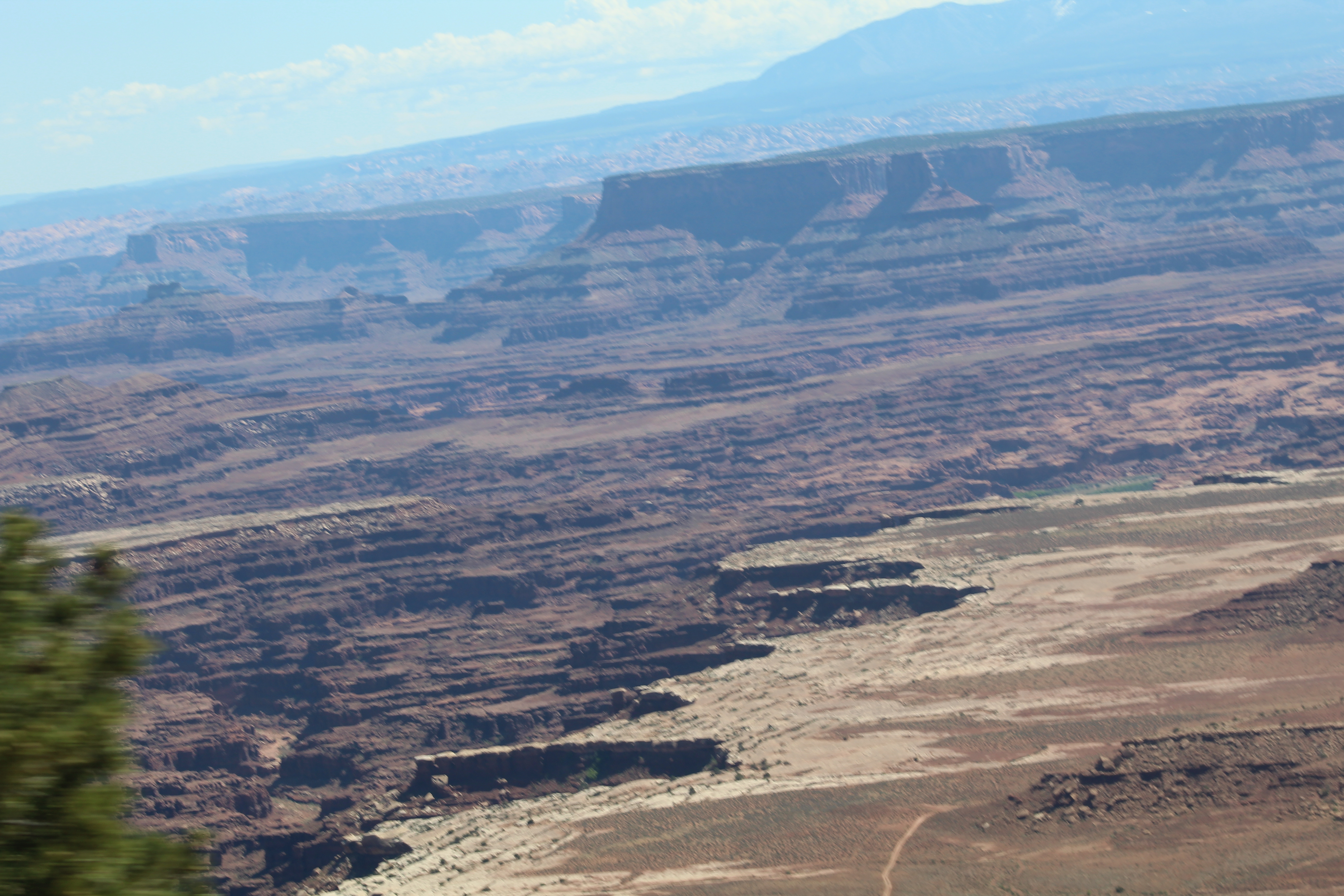
In part four of our National Park Tour 2024 series, we will explore Route 12 National Scenic Road, which includes Red Rock Canyon, Bryce Canyon National Park, Cedar Breaks National Monument, and Zion National Park. Until next time, safe travels, my friend.


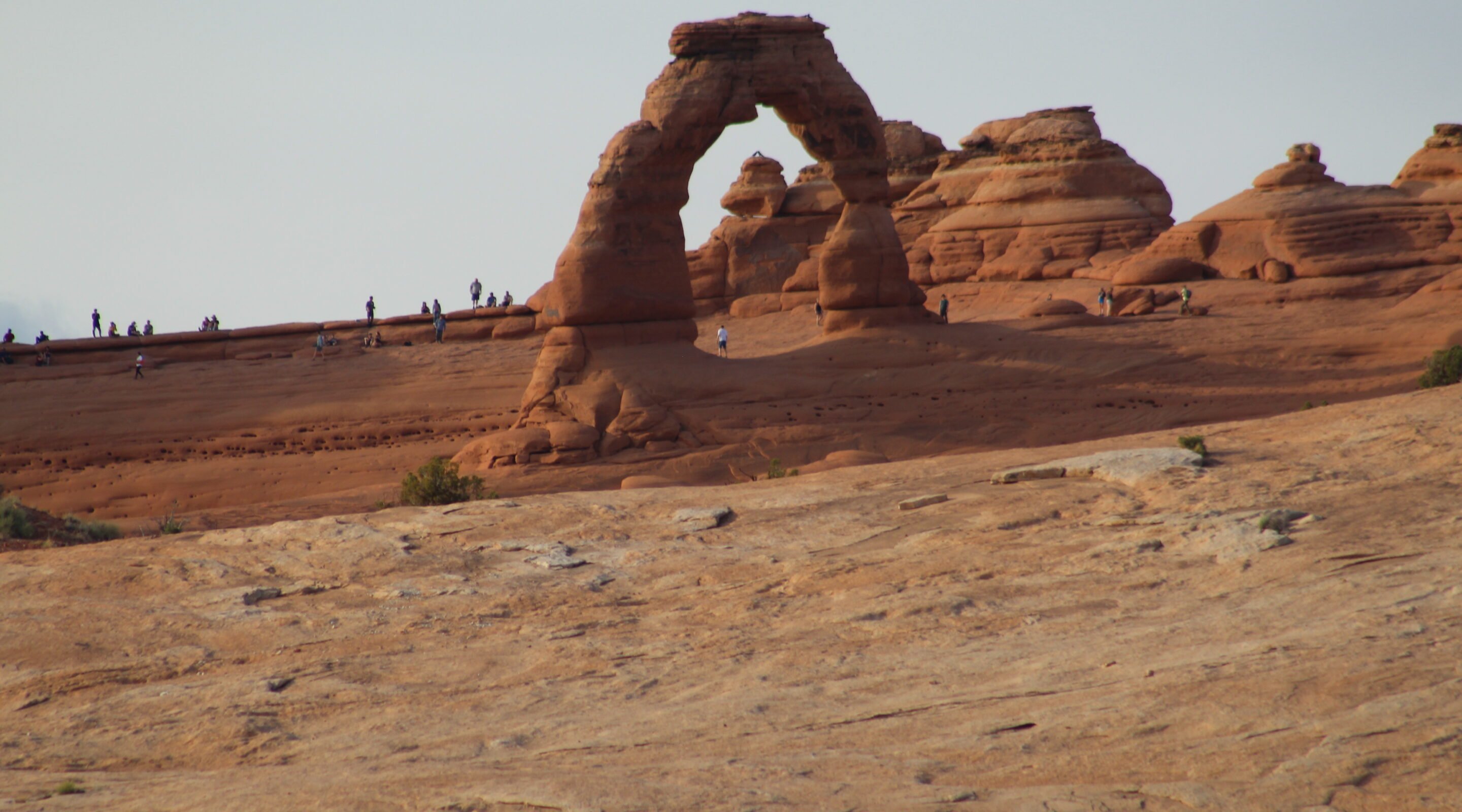



Comments